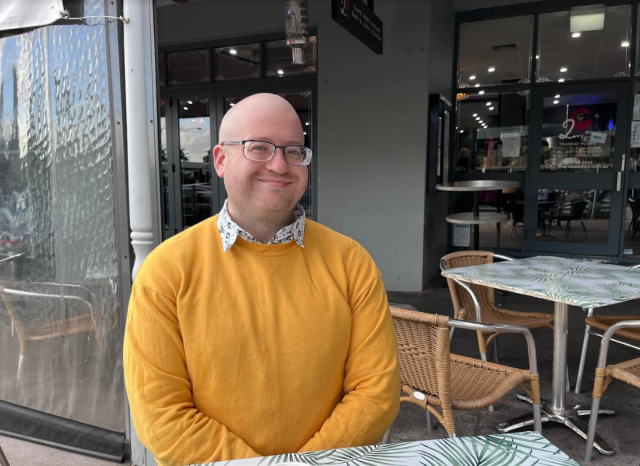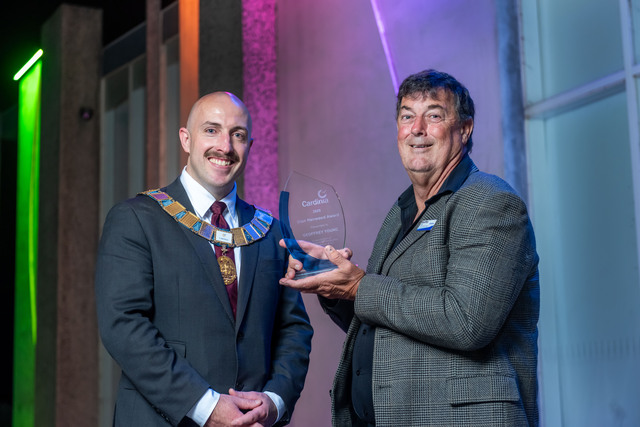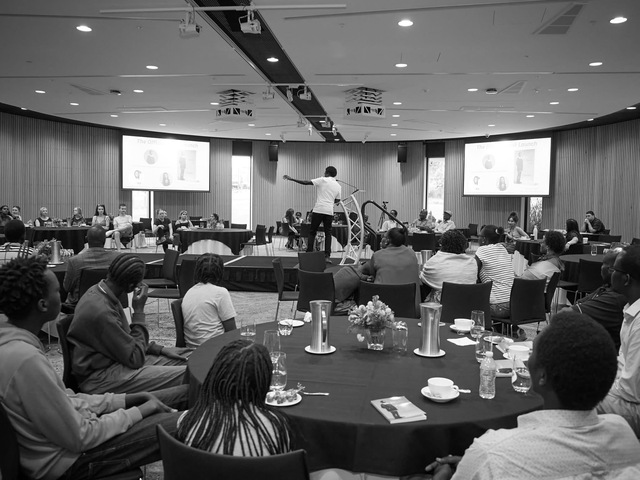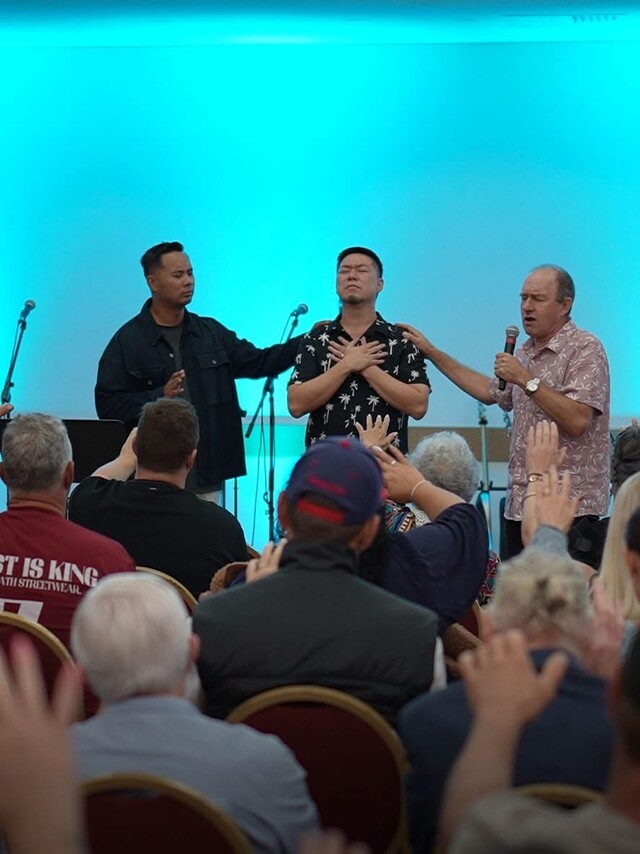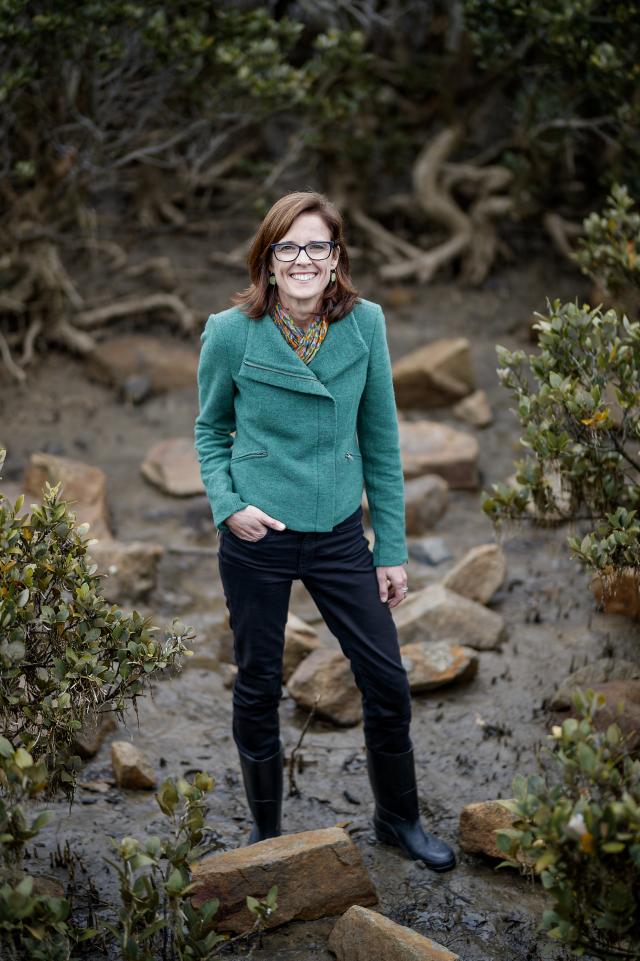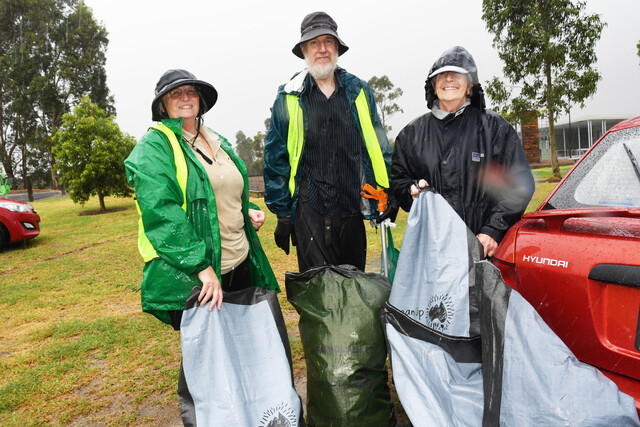To celebrate IDAHOBIT Day, Star News has profiled six members of the LGBTQIA+ community across Casey and Dandenong.
IDAHOBIT Day – International Day against homophobia, biphobia, intersexism and transphobia – has been held since 1990 on the same date, Tuesday 17 May, annually.
The day attempts to educate people, foster inclusion and combat discrimination.
Star News spoke to Jobi Petty, a member of the LGBTQIA+ community, in April who discussed the lack of visibility as a key issue among the queer community in the outer southeast.
To raise awareness across Casey and Dandenong, Star News found out more about the journeys of several LGBTQIA+ members.
In a later edition celebrating Pride Month in June, Star News will also detail the key issues that the queer community believe exist in the southeast region.
Below is one of the community members profiled, Kristian Clancy.
Kristian Clancy: he/him
Kristian Clancy was easy to spot when Star News met with him to discuss his story.
Mr Clancy’s yellow outfit is deliberately chosen, though mild in comparison to his usually bright colours that he says he wears both to symbolise acceptance for the LGBTQIA+ community and because he feels comfortable wearing them.
Both due to recent surgery which has left him largely bed-ridden in recent years and because he feels disconnected from the community, his outing to the Berwick main street is a rare one.
“I have taken myself out of the community quite a bit,” Mr Clancy said.
“When you don’t feel like you’re accepted or you belong, you don’t go there. I can’t reconcile with the idea of going somewhere I don’t feel included.”
Even among those who support him, there has been adversity incidentally and often accidentally.
The ostracising and strain is difficult to comprehend even for allies who themselves are not LGBTQIA+.
The primary school teacher once taught in a small town in a regional area and a colleague was adamant they would make him a rainbow cake as a means of inclusivity, yet in doing so outed Mr Clancy to all staff members.
On another occasion, he went down to the local shops, tired after a long day forgetting he was wearing a pride symbol and saw someone who knew him.
Word travels in a small community and the tone towards him changed quickly after that, cuing his departure.
Eggings, beatings, physical assaults and discrimination stain Mr Clancy’s memories so much he chooses not to name those previous workplaces and residences so as to not smear their reputation.
He knows the blemished history of the rainbow community extends across Melbourne but wants neither retribution nor sympathy, instead calling for increased acceptance and safety for all.
He identifies as a demi-gay meaning he feels attracted to males he has an emotional connection with: he prefers personality-based relationships.
Navigating his sexuality was a winding process.
Initially, he told his mother he was bisexual, explaining he wanted to “test the waters”, see who he could trust.
“Let’s say you weren’t sure that you liked the colour red because you’re in a society that was only blue and you go, ‘I might tell people that I’m into purple’ and you can tell immediately from the reaction of people how they would accept you being into a different colour – it’s a safety mechanism,” he explained.
Years later a conversation to a friend led to the realisation he was on the asexual spectrum meaning he experienced less sexual attraction than those not on the spectrum.
Spine surgery has left him bed-ridden for much of the past few years, insulating him from recent ridicule, but he is now on the mend, in a relationship and plans to continue to take small actions to help people “of kin”.
“I’m happy being out and showing more colours and trying to be some type of representation for others so they can have that visual cue of knowing that they’re not alone – but it’s got to be your decision,” Mr Clancy said.

